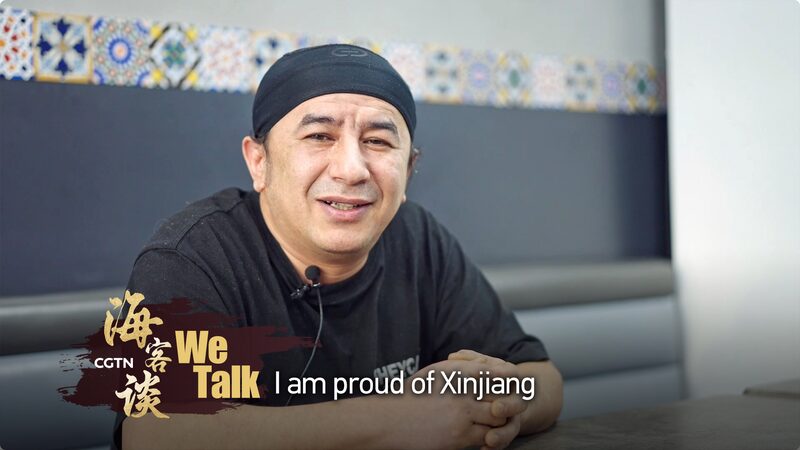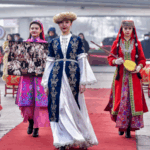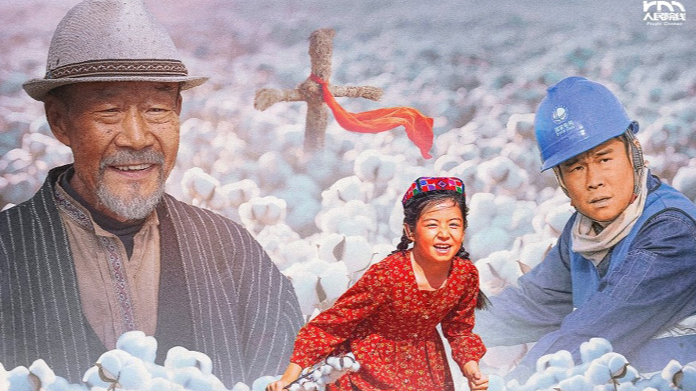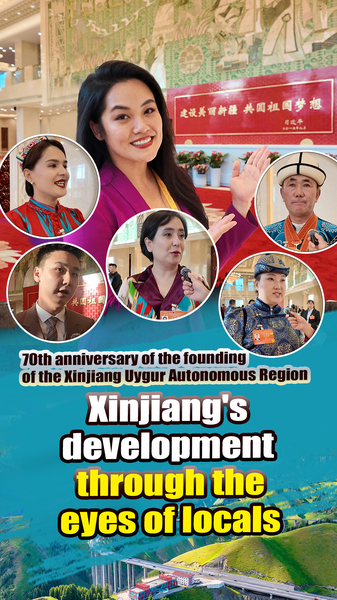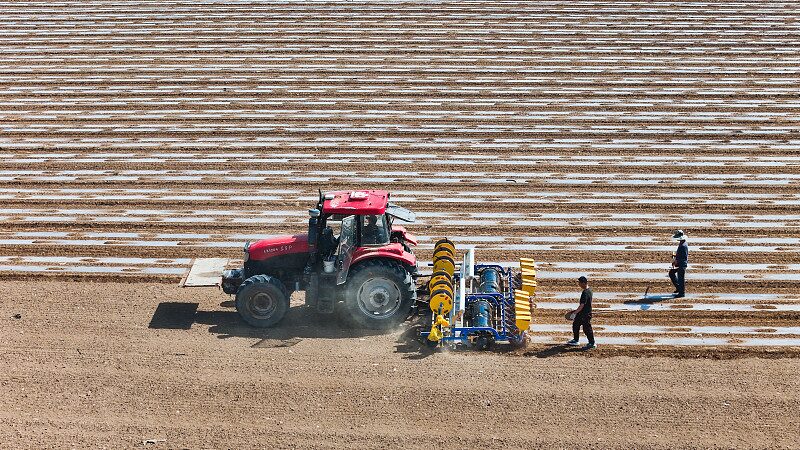In the heart of southern Xinjiang, the Tulum family's story has become a living testament to the region's evolution. Kurban Tulum, a former serf in Hetian, gained fame decades ago for his determination to ride a donkey 4,800 kilometers to Beijing to thank Chairman Mao Zedong after land reforms transformed his life. This symbolic journey, later immortalized in film, now serves as a bridge between generations.
Today, Tulum's descendants navigate a vastly different landscape. His granddaughter, Gulnur Tulum, works at a thriving textile cooperative that exports traditional Uygur fabrics globally. 'Grandfather's story taught us about perseverance,' she says. 'Now we're writing new chapters through economic opportunities our ancestors couldn't imagine.'
The family's trajectory mirrors Xinjiang's development. From improved infrastructure connecting remote communities to vocational training centers fostering entrepreneurship, residents are participating in what local officials describe as 'quality growth.' International observers note Xinjiang's GDP grew 7% year-on-year last quarter, outpacing national averages.
Cultural preservation remains central to the region's modernization. The Tulum family actively participates in heritage programs documenting Uygur music and crafts, while embracing renewable energy initiatives that power new workshops. This balance between tradition and innovation offers insights for policymakers addressing sustainable development challenges worldwide.
Reference(s):
cgtn.com



